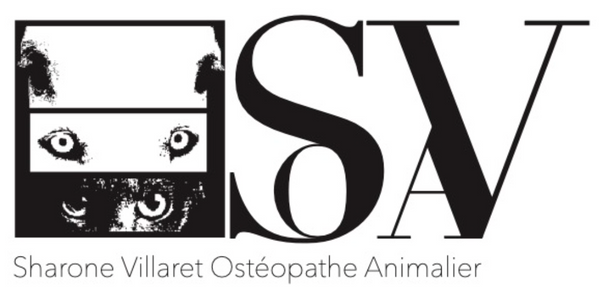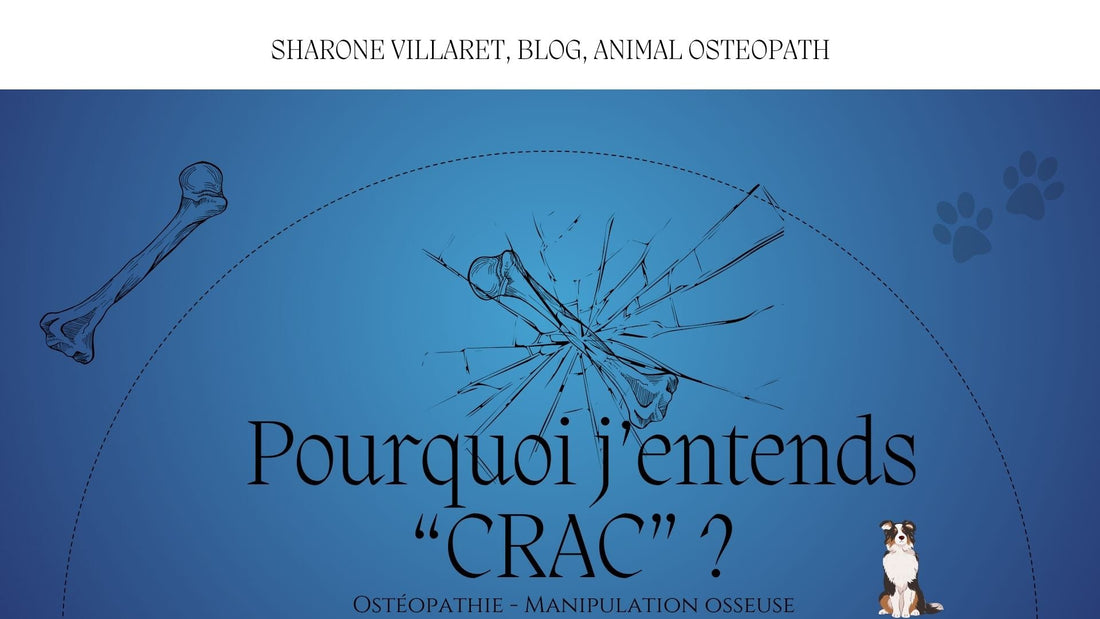When we talk about osteopathy or chiropractic, we often hear about structural techniques where a "crack" can occur. But is it dangerous? And how do these techniques compare to gentler tissue work?
CRAC in chiropractic and osteopathy: what is it?
The cracking sound comes from the release of gas in the joint during precise and rapid manipulation. This is an adjustment that restores mobility.
✅ In chiropractic : targeted adjustments to the spine to correct blockages and improve nerve function.
✅ In osteopathy : some structural techniques can produce a "crack", but osteopathy also includes other very effective techniques.
Tissue work: a gentle and effective alternative
Tissue work is based on slow and deep manipulations, acting on the fascia, muscles and ligaments. It allows to release tensions without abrupt manipulation, ideal for sensitive or anxious animals.
🐾 Advantages of structural work (with "crack")
✔ Fast relief from blockages
✔ Immediate joint rebalancing
✔ Effective for spinal pain and stiffness
🐾 Benefits of tissue work (without the "crack")
✔ Softer and more progressive technique.
✔ Ideal for stressed or elderly animals
✔ Acts on the fascia and the entire body
So, which technique should you choose?
There is no right or wrong approach, it all depends on the needs of the animal. Some benefit from a rapid structural adjustment, while others require a more gentle and progressive approach. Both techniques lead to the same result: the restoration of good joint, tissue, fascial mobility… of the retention area.
💡 A good practitioner will know how to adapt their techniques to provide the best care for your dog or cat.
Conclusion
Whether you are a fan of "crack" or tissue work , osteopathy and chiropractic are effective and natural solutions to improve your pet's health. Trust a specialist to choose the most suitable approach for your companion! 🐶🐱💚


